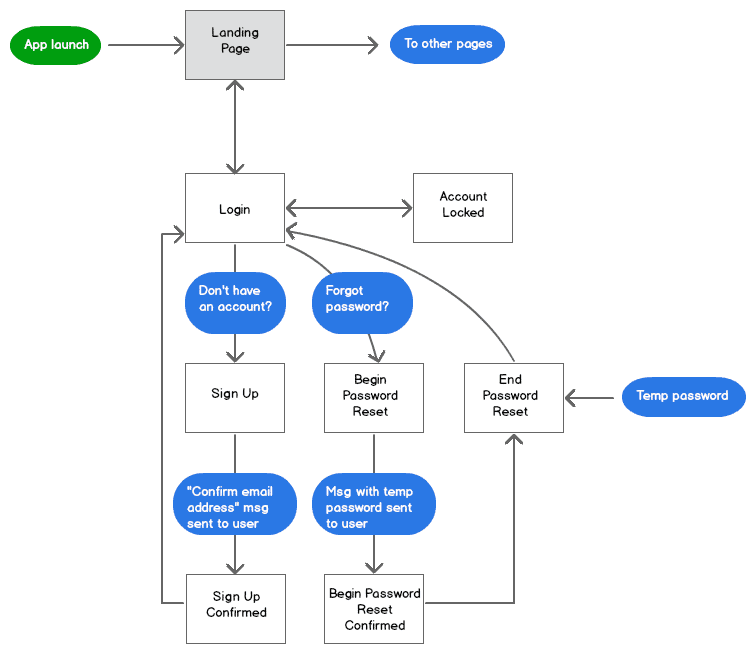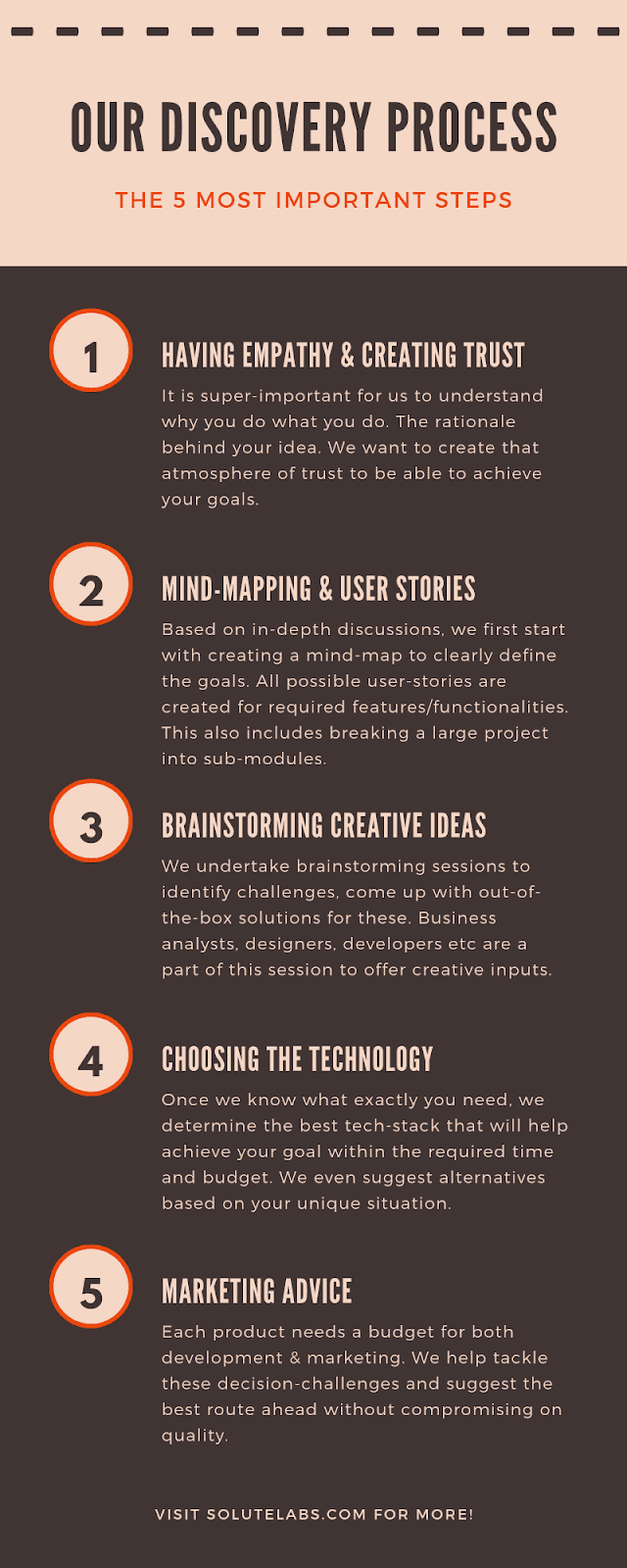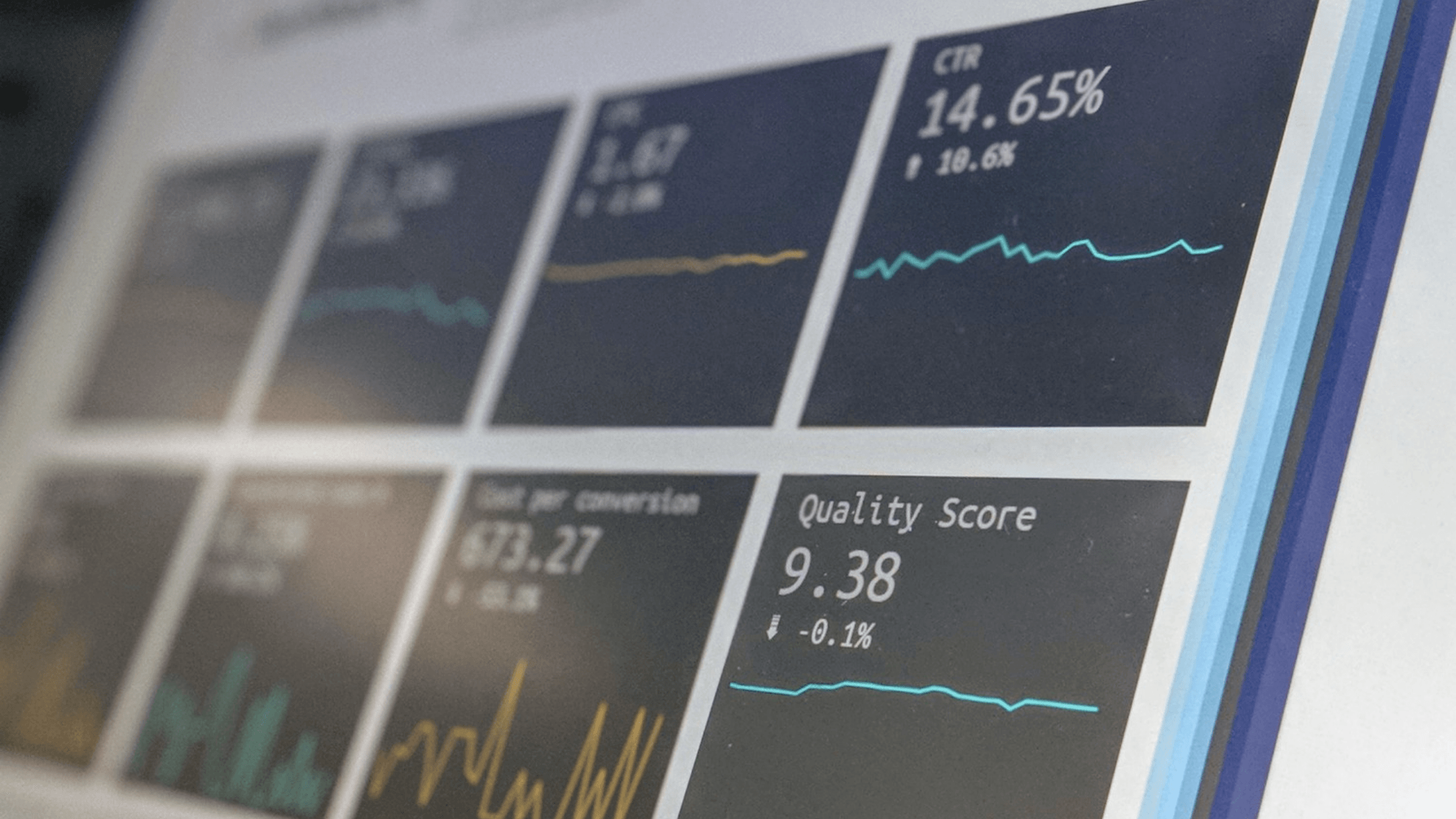Developing a product is one thing and making it a success is another. If you have figured out your ‘why’ of building a product, then this is what you need before you proceed for development.
Competitor analysis is the first thing you need when it comes to developing mobile apps. Today, every business idea is transformed into a mobile app. We have:
- Uber, Lyft for every on-demand cabs
- Netflix, Hulu for entertainment
- Airbnb to travel
- Amazon for shopping
- Tinder for dating, etc
But, developing a mobile app and getting it to the market is not that easy.

You can suffer losses if not done the right way. This calls for the need for competitor analysis.
What is a competitor analysis?
Competitor analysis is a statement that includes anything and everything about your competitor that affects your business in a particular industry.
What is the purpose of doing a competitor analysis?
By performing competitor analysis, you can identify the strengths and weaknesses of your competitors. Once, you know these areas, you can take them as the opportunities to enter as their strongest competition.
You should know how your competition is doing. Only then you can make a foolproof plan to make your mobile app idea successful.
6 reasons why competitor analysis for mobile app development is necessary
Competitor analysis while developing mobile apps becomes essential because it helps you:
1. Find out “why” their apps are successful
As Simon Sinek suggests, you should always start with “why”.
It doesn’t matter if it is to build a product or to find out the success factors of your competitors. But, we strongly recommend you to do so while building any product.
So, you need to identify why your competitors’ app so successful. And how you can do that? By discovering their strengths.
The definition of competitor analysis itself consists of finding out the strengths of your competitors. So, while developing mobile apps, you need to find out what are the strengths of your competitors’ mobile apps.
What can be its strengths when it comes to developing a mobile app?
- An amazing app design
- The interactive UI
- Too many app downloads
- Positive user reviews, etc
So, learn about their strengths and try to imbibe them in your mobile app. Consider turning their strengths into your opportunities to develop a successful mobile app.
2. Plan your app right
So, your next reason why you should do competitive analysis while developing a mobile app is to plan your app right.
“Competition is the best thing to have. It helps you learn new lessons that you won’t otherwise.”
Get answers to the following questions to know what your competitors are such as:
- Which mobile app development model they’ve used?
- Whether they could have used any better model?
- Did they research thoroughly about the audience?
- What are the app features they’re missing out in their app?
All these questions will help you identify the weaknesses they have in the mobile app. Also, many areas within the mobile app development process need competitive attention. These areas need to be checked with the competitors’ apps so that you can stay close to your competitors in the industry.
If you know their app weaknesses, it is smarter to make them your app strengths.
3. Understand their app’s modules and workflows
Yes, competitor analysis of mobile apps helps you know their app workflow. A mobile app workflow can make or break the user experience. So, you need to find out how your competition has designed the app structure.
What is a mobile app workflow?
A mobile app workflow or structure means navigation that takes place from point A to point B.
Here is an example of the Login module in the mobile app workflow-

When looking to grab the same target audience, you need to understand that the audience is habituated with the way of using a particular app. So, if your users don’t find the workflow user-friendly, you lose your users forever.
For example, when you use Uber, you know where to place the destination location and where to place the pickup location to book a cab.
So, when Ola app was developed, the company did the competitor analysis effectively while developing a mobile app. Ola didn’t change the way people used to book cabs in Uber.
Now, you got that point, right?
4. Identify how they’ve planned their UI/UX
Let’s be clear with these terms — UI and UX.
UI stands for user interface — which includes every visual element that can be used in the mobile app. The visual elements can be images, screens, pages, buttons, and more with which your users will interact with your mobile app.
UX stands for user experience — which includes the experience of the users who interacted with your mobile app. Such an experience consists of the navigation from one point to another seamlessly and effortlessly without any glitches.

While performing a competitive analysis of the competitors’ apps, you might have encountered some faults, or maybe the user reviews said something about the user experience. Here, they can be helpful.
If you want to know what challenges your competitors’ are facing in serving better user experience, you can plan yours accordingly.
Well, that can be anything from interactive design to personalization. So, make sure you identify competitors’ UI/UX carefully to build your UI/UX effectively.
5. Discover what technologies they’ve used
Another reason why competitive analysis becomes essential is that it helps you identify the technologies your competitors have used to develop their mobile apps.
Just like the colour combinations, you don’t necessarily need to take up the same technologies. But, you need to discover what are the challenges their existing technologies have.
If the development framework, platform or any other tech stack have challenges, you can switch over to some more robust and scalable ones. But, if the ones they are using are the best, you don’t have a choice but to choose the same.
For example, if your competitor is using React Native, not necessarily you need to go with the same. You can choose Flutter — a growing mobile app development framework.
But, that depends on your app requirements after finishing your competitive analysis. Also, to learn about the technologies, you can always go for a discovery meeting.
An example of a discovery process with SoluteLabs:

Get to Competitive Analysis Now
Competitor analysis is not a one-time affair. The competition is going to stay until you are in business. And, if you want to remain successful, you need to keep a close eye on your competitors and get guaranteed success.
So, you should never stop performing competitor analysis when it comes to planning your mobile app success. Because every time your competitors updates their apps, you have to go back and check what are those updates all about and whether it is feasible for you to have them in your mobile app.
When did you last perform competitive analysis for your mobile app success? If not in the last three months, it’s time you do it now!







